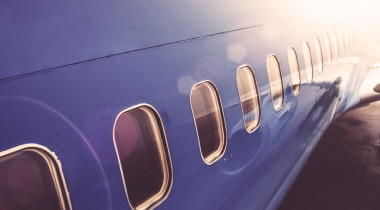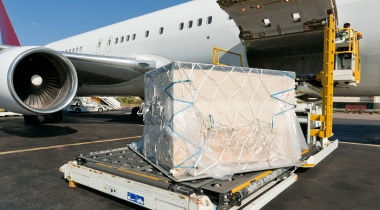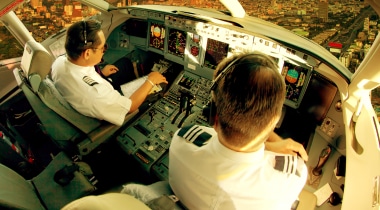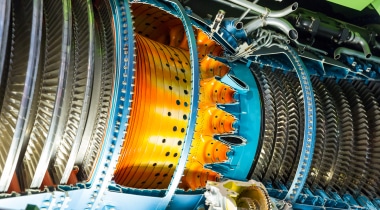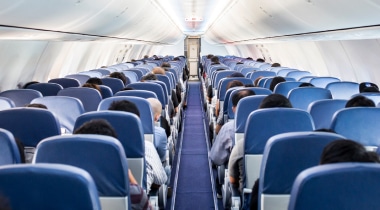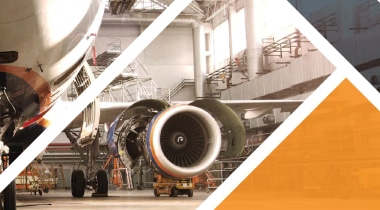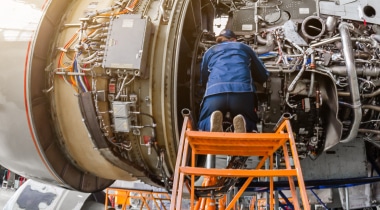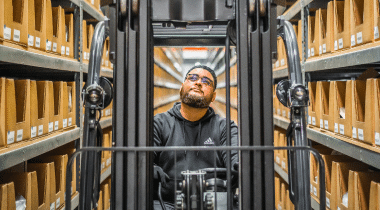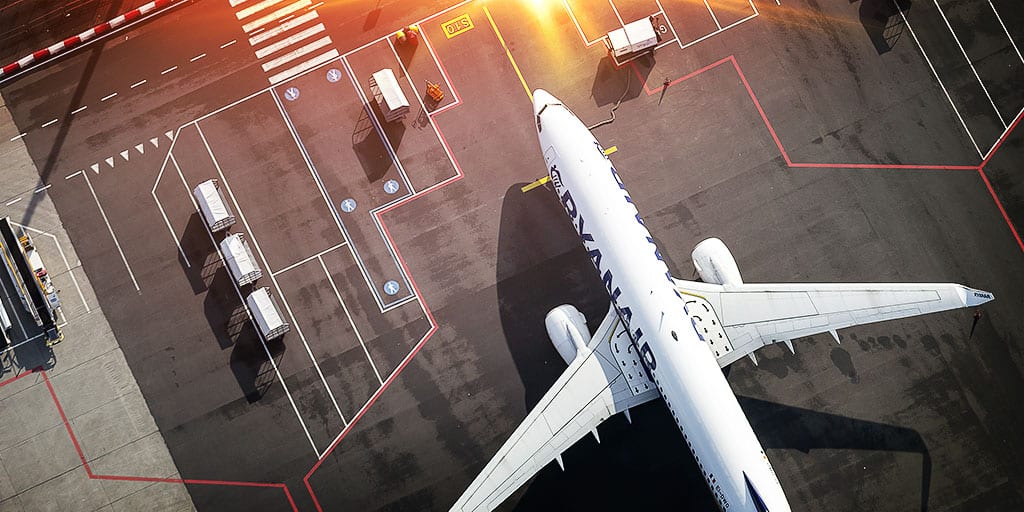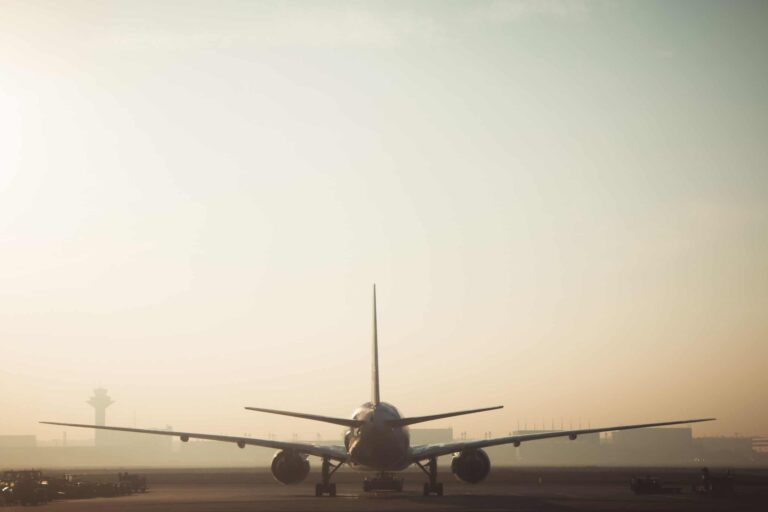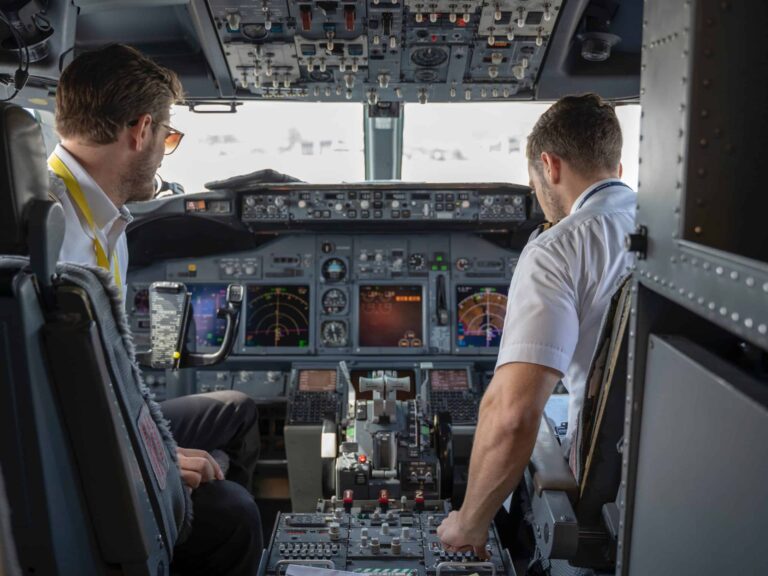When future generations look back on the 1900s, they will likely see it as a century of accelerated innovation. Within only one hundred years, advancements in scientific understanding, education, industry, and economics took the world from animal power and gas lanterns to space exploration and global digital communication. But one area where technology saw arguably the greatest and widest-reaching growth is within the field of aviation.
Here, we discuss the aviation industry — why it’s important, what issues it’s currently facing, and what the future of aviation-industry technologies and organizations may hold. But first, let’s take a closer look at what the aviation industry is, and why it’s so essential.
What Is the Aviation Industry?
The term “aviation industry” describes the business sector associated with the design, manufacture, operation, and maintenance of aircraft and related technologies, as well as making possible air-transportation services to passengers and cargo. This industry is expansive, encompassing commercial airlines, military aviation, general aviation, and aerospace manufacturing, and extending across businesses, organizations, and government agencies.
The aviation industry has come a long way since the first Wright Brothers’ flight in 1903. In 2019 alone, approximately 4.5 billion passengers took to the skies. And although 2020 saw a significant decrease in scheduled flight services thanks to the emergence of COVID-19, early data in 2023 suggests that air-passenger demand will soon return to pre-pandemic levels. This is good news — not only for travel enthusiasts and passenger airlines — but also for the global economy.
Aviation is one of the most important industries in terms of economic growth, affecting everything from global culture to logistics. After all, aviation provides the only way to safely and quickly transport people and materials to and from locations around the globe. To facilitate this, the aviation industry employs roughly 87.7 million individuals. At the same time, the global aviation industry’s total global market worth is ~ USD 512.5 billion, and is expected to reach USD 635.8 billion by 2030.
Differences Between the Aviation and Airline Industries
Although the aviation industry extends into essentially every aspect of powered flight, the greater portion of the population is most familiar with aviation in terms of airline travel. Many individuals use the terms “aviation industry” and “airline industry” synonymously, but there are some key differences that are worth recognizing.
The aviation industry is a broader term that encompasses several industries, including commercial airlines, military aviation, general aviation, and aerospace manufacturing. In contrast, the airline industry is just one part of the aviation industry and focuses more exclusively on the transportation of people. In other words, the airline industry is a subset of the aviation industry with a narrower focus on air travel.
Is the Aviation Industry Growing?
Throughout the world, aviation is tied directly to economic expansion. As economies surge, the need to transport goods and the logistical demands associated with this need help ensure industry growth. Additionally, middle-class demographics continue to increase, necessitating the emergence of new and lower-cost airline options. Other growth factors include increased urbanization, rising incomes, technological advancements, and globalization.
All of this is to say that the modern aviation industry is seeing tremendous growth — research suggests that the aviation sector will see an average annual growth of 4.3% over the next 20 years, accounting for $1.5 trillion to the world economy by 2036. But despite this increase, the industry is also facing a number of significant challenges.
What Issues are Currently Facing the Aviation Industry?
One of the biggest challenges facing the aviation industry is infrastructure. Many airports and air traffic control systems — both within the United States and throughout the world — are extremely outdated, and need to be repaired or replaced to bring them up to current standards. Unfortunately, upgrading aviation infrastructure is no simple task; the dollar costs associated with renovating these infrastructures will likely number in the billions. To address this issue effectively and efficiently, key players in the industry will need to work together to identify the most pressing infrastructure projects and find ways to fund and implement the necessary improvements.
The aviation industry is also facing an ongoing shortage within the workforce. There are currently 2.3 million fewer people working in the aviation industry than there were prior to the COVID-19 pandemic. Simply put, the industry needs skilled workers — pilots, air traffic controllers, and other professionals — to keep operations running and avoid overloading available personnel. However, the truth is that there are not enough qualified candidates to fill these positions. To address this issue, the industry must invest in training programs, improved benefits, and other initiatives designed to attract and retain talent.
Safety is another major issue. Already in the 21st century, we’ve seen mind-numbing examples of failures in aviation safety and security. No boost in revenue or expansion into new markets is worth the lives of passengers, crews, or others who may be killed or injured as a result of these failures. Implementing new safety protocols and investing in technology that can detect and prevent potential threats should be the foremost priority of decision-makers within the industry.
Finally, the aviation industry must take a more direct hand in preventing and reversing global climate change. The industry is a major contributor to greenhouse emissions and has a gargantuan carbon footprint it will need to address. Replacing older aircraft with more fuel-efficient designs is only one part of the solution. The industry needs to develop a more-comprehensive climate-protection strategy, innovating and investing in new alternative fuels and green technologies — even when it means reduced short-term profits.
In each of these cases, the answer lies in increased innovation, collaboration, and investment. To help ensure that aviation continues to grow and thrive while still addressing important environmental, safety, and workforce concerns, the biggest-name companies within the industry will need to rise to the challenge.
Big Companies within the Aviation Industry
The aviation industry is home to several large-market-cap companies that have a major impact on the global economy in general, and in aviation most specifically. Some of the biggest names in the industry include the following:
Boeing
Few names are as synonymous with aviation as Boeing. From commercial airliners to systems used in satellites and spacecraft, Boeing has its hands in nearly every aspect of powered flight and operates in more than 65 countries around the globe. Boeing is headquartered in Chicago, Illinois, and has been in operation for more than 100 years. Boeing also has a significant presence within the defense industry.
Lockheed Martin
A more recent addition, Lockheed Martin was founded in 1995 by the merger of the Lockheed Corporation and Martin Marietta. Lockheed Martin is headquartered in Bethesda, Maryland, and operates in more than 40 countries. The company produces military aircraft, missiles, satellites, and other aviation equipment. Although Lockheed Martin has a significant presence in the U.S. government and military, its products are used around the world.
Airbus
Although less well known to US audiences, Airbus is a European leader in the aviation industry and is headquartered in Toulouse, France. Founded in 1970, Airbus has operations in more than 170 countries worldwide. Like the other names on this list, Airbus produces both commercial and defensive aircraft and related systems and equipment.
In addition to the companies mentioned here, there are thousands of other organizations that help make up the whole of the aviation industry, including engine manufacturers, airport operators, air traffic control companies, and others. It’s also worth noting that the aviation industry is highly competitive. This competition creates a healthy environment for technological innovation and advancement as organizations attempt to further push the envelope and gain an advantage within the industry.
Main Business Models for Airlines
Although there are over 1,000 different commercial airlines currently in operation around the world, nearly all of these companies can be classified into at least one of four categories based on their business models: full-service airlines, low-cost carriers, charter airlines, and cargo/freight airlines.
Full-Service
Full-service airlines offer a range of services to passengers, including in-flight meals, entertainment, and checked baggage. They typically operate on a hub-and-spoke system, where they maintain a primary hub airport and offer connecting flights to smaller regional locations. Examples of full-service airlines include Delta Air Lines, American Airlines, and United Airlines.
Low-Cost
As the name suggests, low-cost carriers offer a no-frills alternative to full-service, with a focus on low fares and affordability. These airlines often operate on a point-to-point system, where they fly directly from one airport to another without offering connecting flights. Low-cost carriers typically charge for checked baggage and in-flight meals, and may also charge extra for other services generally included in full-service tickets. Examples of low-cost carriers include Southwest Airlines, Ryanair, and EasyJet.
Charter
Charter airlines offer flights to specific destinations on a seasonal or ad-hoc basis. They often cater to leisure travelers and provide vacation packages that include flights and accommodations. Examples of charter airlines include TUI Airways and Jet2.com.
Cargo/Freight
Finally, cargo/freight airlines transport goods and cargo rather than passengers. They typically operate on a global scale and have a significant presence in the logistics industry. Examples of cargo airlines include FedEx, UPS, and DHL.
The Future of the Aviation Industry
The aviation industry has long been an essential part of how the world interacts, does business, and moves between points A and B. But the world is also on the cusp of change. As the industry continues to grow, leaders must understand the technological advancements that are likely to affect aviation in the coming years and decades.
One of the most exciting possibilities for the future of the aviation industry is the development of electric airplanes. Replacing fuel-burning airplanes with battery-powered options could all but eliminate the production of green-houses gasses from powered aircraft. And while the concept of electric aviation has been around for decades, it is only in recent years that we have seen significant progress toward making it a reality. Several companies are already in the process of developing electric aircraft, which could reinvent air travel and make it much more sustainable.
At the same time, recent advancements in artificial intelligence (AI) could revolutionize many aspects of aviation. From AI-enhanced air traffic coordination to optimize flight roots and improve air-travel safety, to AI-augmented flight systems capable of performing complex tasks within the aircraft itself, AI may quickly become an essential new technology paving the way for a brighter aviation future.
Sustainability runs as a common theme through these and other advancements within the aviation industry. As aviation companies fall under ever-greater pressure to reduce emissions and prioritize positive climate-change initiatives, we can expect to see more companies making a concerted effort to become more environmentally friendly — potentially reshaping the industry in ways few today could imagine.
Final Thoughts
The aviation industry continues to grow and evolve and will likely continue to face a range of new and established challenges. However, by embracing technological innovation and focusing on sustainability, the industry will continue to thrive, making air travel and material transportation more efficient and accessible than ever before.
After all, the aviation industry is one of the most important sectors in the world, and despite the issues it faces, there is every reason to be optimistic about its future. Ready to learn more? Click here to get started!
